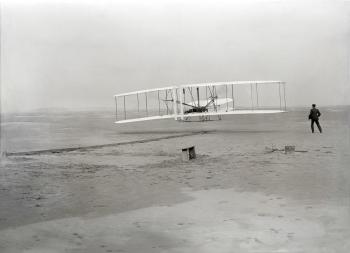
Photo: The first powered, controlled, sustained airplane flight in history, 1903 by the Wright Brothers.
Nature has inspired inventions since the first humans tried to make things. Biomimicry is the practice of looking to nature to help solve design problems. Today scientists and engineers are finding inspiration from animals and plants that may surprise you.
Trying to fly by mimicking birds, bats and insects is perhaps the first example that comes to mind. There were lots of failed attempts before the Wright brothers. And then there’s Velcro – we all have Velcro on something. But it’s relatively new, invented in the 1940’s and based on those burrs from plants that cling to your dog’s fur and your socks.
Nature’s designs, honed over millions of years of evolution by natural selection, is an obvious place for scientists and engineers to look to answer many material and engineering challenges in a way that’s sustainable. Here are some examples of technologies inspired by nature.
Swift and Smooth
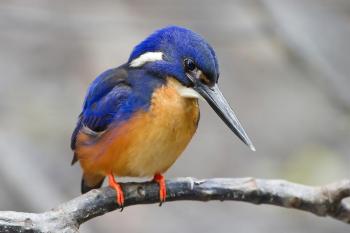
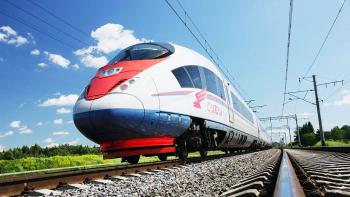
The chief engineer of a company running Japan’s “bullet” trains had a challenge: how to redesign the trains so they would be more efficient and quieter when leaving tunnels. Eiji Nakatsu wanted his team to test different shapes for the nose of the trains. He wondered if the beak of a bird called a kingfisher might be a shape to test to make the nose more streamlined. Kingfishers dive beak first into water to catch fish. To be successful the beak’s entry must be swift and smooth. When his team tested that shape, they found the train was quieter, traveled faster, and very importantly, required 15% less energy.
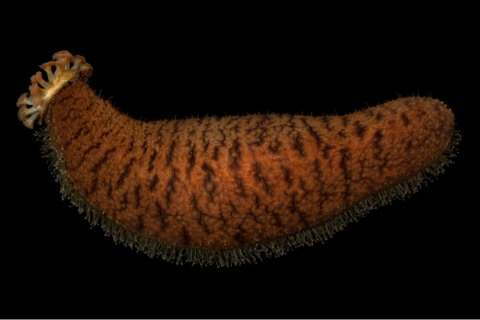
Sea cucumbers, those soft, squishy echinoderms on the sea floor, aren’t always flexible. But, as a defense mechanism, they become rigid, their skin becoming more than 10 times stiffer in seconds. Sea cucumbers can squeeze into tight crevices when they sense a threat and then harden so they can’t get pulled out. Enzymes in their skin bind protein fibers together to make it stiffer. A second set of enzymes can break those bonds to make the skin soft again. Inspired by that ability, scientists created a plastic that can change from soft to hard. “The material could be useful for brain implants that cause less inflammation, researchers say. A version switched by electric pulses that is currently in development could find many more uses – such as clothing that morphs into armor.”
The material the scientists developed has fibers throughout “We have the elastic polymer, so that’s the mimic for the sea cucumber skin, and then we put in the cellulose whiskers,” Rowan says. “You can get these from paper pulp, but we got ours from another little sea creature called a tunicate. “ The fibers help to keep the material rigid when dry but then soft when wet.
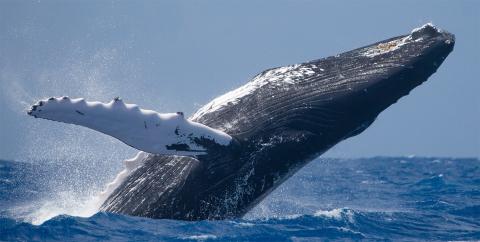
Look closely at humpback whale flippers. You will notice that the edges aren’t smooth but have bumps, called tubercles, along them. A team of scientists and engineers, knowing how nature’s solutions have evolved to serve a species, wondered how efficient those flippers were since they didn’t appear to be the most aerodynamic. When they tested a wind turbine blade with bumps like those of the humpback whales, it was indeed more efficient than the smooth-edged ones. The bumps reduce unwanted vortices (a mass of whirling air), thereby reducing drag. Wind turbines with this whale-mimic design produce up to 20% more power and are quieter.
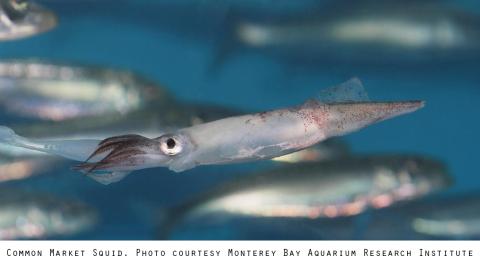
Nature inspires scientists at the Bioinspired Robotics and Design Lab, part of the Contextual Robotics Institute at UC San Diego, to design robots. Teams in the lab create, among other things, soft-bodied robots with lifelike capabilities.
One of the lab’s projects was to design a robot that could take photos in marine environments without causing damage to delicate organisms. The team looked to squid to create a fast- moving, soft-bodied robot as squids reach the fastest speeds of any marine invertebrates using jet propulsion. Like a squid, as the robot takes water into its body, it stores elastic energy and then releases it by squeezing. “ Essentially, we recreated all the key features that squids use for high-speed swimming,” said Michael T. Tolley, a professor in the lab. “This is the first untethered robot that can generate jet pulses for rapid locomotion like the squid and can achieve these jet pulses by changing its body shape, which improves swimming efficiency.”
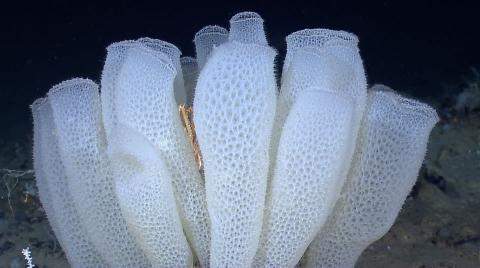
Deep sea glass sponges inspired engineers at Harvard to rethink their designs for skyscrapers and bridges. They’re called glass sponges (also known as Venus flower baskets) because their skeletons are made of silica— what we make glass from. We think of glass as fragile, but these sponges are very strong because they have a skeletal structure made of strips that cross over each other diagonally leaving holes in between – called a lattice. You may have seen this diagonal lattice structure in metal storage shelves or covered bridges.
The sponges are anchored to the sea floor where their tubular bodies have to be strong enough to withstand pressure and currents. They have evolved this tough glass lattice structure over a half a billion years. When the researchers tested construction mimicking the glass sponge skeleton, they found: “…. that the paired parallel crossed-diagonal structure improved overall structural strength by more than 20 percent, without the need to add additional material to achieve this effect.” Read our Featured Creature on glass sponges.
Scientists also investigated the fluid flow through these glass sponges. Like all sponges, they pump ocean water through their bodies. The researchers wondered how their remarkable skeletal structure impacted the internal flow of that water through the sponges. They found that the lattice structural elements reduce ….”the impact of hydrodynamic forces on the organism and generate internal circulation patterns that might be used for feeding and sexual reproduction.”
When modeling the flow through the sponges, the scientists discovered that their structure slows down changes in seawater speeds and decreases drag— both critical for a sponge remaining in place. “The lessons learnt from this organism could inspire improved multifunctional engineering structures, such as sampling and filtering devices”, the scientists concluded.
Find more answers to the question: “How did nature solve this?” here.
Watch TED talk by the founder of the Biomimicry Institute
Watch “Whales to Windmills” Monterey Bay Aquarium presentation at TED Jackson Hole















